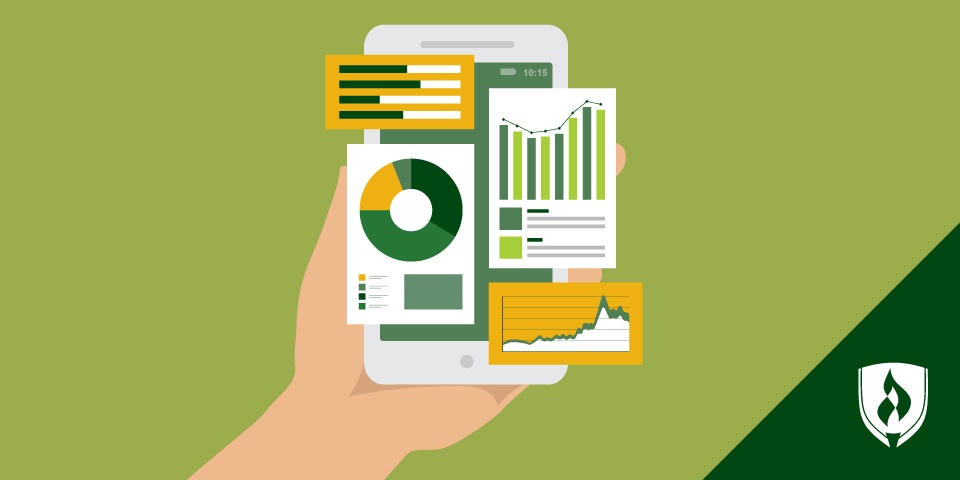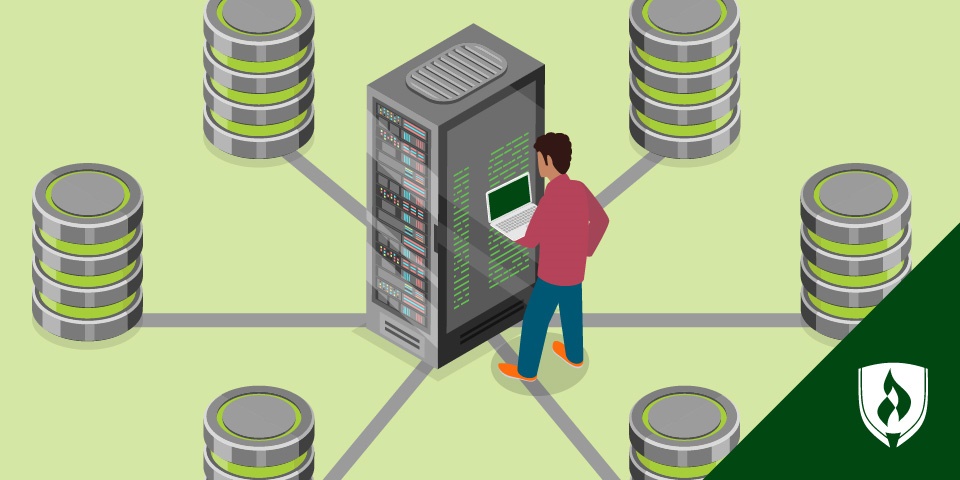What Is Software Application Development?
05/22/2025

Software development powers everything from mobile apps to corporate software. What does that mean? Explore the process of software development, dive into the software development life cycle (SDLC), and understand the roles that software developers play in creating high-quality software applications. From mobile devices, desktop applications, or web-based solutions, the software development process has evolved with technology to meet the diverse needs of businesses and end-users.
Understanding Software Application Development
Software application development1 is the process of creating, designing, testing and deploying software solutions. The aim is to create a custom software product that solves a specific problem or performs specific tasks for a business or its customers. This process typically involves multiple teams, including software developers, software engineers, and project managers who work together to design the architecture, write code and ensure each application functions as expected.
The Software Development Process
The software development process, known as the software development life cycle (SDLC)2, provides a structured framework for developing software applications. It guides developers through the stages of planning, design, coding, testing, deployment and maintenance. Each phase has its own tasks and deliverables, which help to keep the project on track and ensure the final product meets the required software requirement.
- Planning: A project begins with the development team and stakeholders who define the project's scope, timeline and budget.
- Design: Developers and designers create the software architecture, user interface (UI) and define system components.
- Development: Software developers begin to write code using programming languages like Python®, Java® and JavaScript®, and integrated development environments (IDEs) such as Visual Studio Code®.
- Testing: The software then undergoes testing, like unit testing, integration testing, and quality assurance to make sure it meets standards.
- Deployment: After testing, the application is deployed to the production environment and made available to end users.
- Maintenance: After the app is launched, developers must continue to maintain software, fix bugs, and release any updates to perform development based on a user's feedback.
Programming Languages and Tools
To build software applications, software developers use programming languages depending on project requirements.
Some programming languages include:
- Backend Development: Java® and Python®
- Interactive elements and web-based: JavaScript®
- Mobile app development: Swift® and Kotlin®
Many software developers use an integrated development environment (IDE) like Visual Studio Code® to provide a platform for writing, testing and debugging code. Version control systems like Git® also help developers track code changes and collaborate within the development team.
Application Development vs. Software Development
While application development and software development may be used interchangeably, they have distinct meanings.
Application development typically means the creation of software applications designed to meet specific business needs, such as mobile apps or web applications.
Software development is a broader term that can include the development of all types of software.
The Role of Software Engineers and Developers
Software engineers and developers3 typically play a key role in software solutions. Some of the common responsibilities for software engineers and developers4 can include:
- Writing code
- Designing software architecture
- Building software that meets users needs
Mobile App Development and Enterprise Software
One significant area of app development is mobile app development. As mobile devices are a primary tool for accessing software apps, developers focus on creating a seamless user experience on smartphone and tablets. Mobile apps must be optimized for performance, security, and how people use the applications to help meet their needs while remaining compatible with different app stores.
Enterprise application development involves creating software solutions for large organizations. These apps typically deal with complex processes, data management and integrating with a business's existing processes.
Enterprise software is typically robust, scalable, and secure to meet a business's requirements in order to streamline operations and improve productivity.
Quality Assurance and Testing
Quality assurance (QA) is part of the software development process. Testing software applications ensures they meet standards and are free of defects and deliver a positive user experience. A thorough QA process may help identify bugs early, which reduces the risks and costs that may be associated with defects after an app has already been released.
Some examples of different testing include:
- Unit testing: Testing individual code components to ensure they work as expected.
- Integration testing: Verifying that different modules or systems work together.
- Security testing: Ensures the software is secure by using secure coding practices and performing data encryption to protect sensitive data.
How Agile Development Impacts the Software Development Model
One example of a popular development model is agile development1. This emphasizes flexibility, iterative development and continuous feedback. It also allows for rapid changes and updates throughout the entire project, which could make it easier to adapt to evolving software requirements.
Agile development is useful in creating custom software and applications especially when business needs or user requirements could change in mid-development. With agile practices, teams may ensure that the final product aligns with both user expectations and market demands.
Security in Software Application Development
Security is an important factor in the software development process. As cyber threats become more prevalent, developers must follow secure coding practices to minimize vulnerabilities and protect data. Two key components of secure software application development can include input validation and data encryption.
Applications must also include strong authentication and authorization features to protect against unauthorized access and to make sure that sensitive data remains safe in development as well as production.
The Future of Software Application Development
As technology advances, the future of software application development keeps accelerating. New tools like low code development5 and rapid application development may allow developers to create applications faster and with less effort. Technology like drag and drop components and intuitive UI may simplify the process to help both technical and non-technical users create apps.
According to one research study6, generative AI is transforming software development by enhancing productivity, cost-efficiency, and quality, offering opportunities for creativity and automating repetitive tasks. However, it also raises concerns around ethics, regulation, and intellectual property, prompting the need for new tools and guidelines to navigate its potential and risks in the industry.
Looking Ahead in Software Application Development
Software application development is a process that requires collaboration, skill and creativity. From enterprise application development to mobile app development, the process involves multiple stages, from design to development, testing, and deployment.
Developers and software engineers must consider security, performance, and user needs to create innovative solutions that meet specific business goals. With the rise of different technologies and modern development tools, the future of software development is an exciting opportunity for both businesses and developers.
Python® is a registered trademark of the Python Software Foundation.
Java® is a registered trademark of Oracle Corporation.
JavaScript® is a registered trademark of Oracle Corporation.
Visual Studio Code® is a registered trademark of Microsoft Corporation.
Swift® is a registered trademark of Apple Inc.
Kotlin® is a registered trademark of JetBrains.
Git® is a registered trademark of Git SCM.
Agile® is a registered trademark of Agile Alliance.
118F, Federal Field Guide, Basic Principles, at https://guides.18f.gov/derisking/federal-field-guide/basic-principles/ (visited Mar. 26, 2025).
2National Institute of Standards and Technology (NIST), Software Development Life Cycle, at https://csrc.nist.gov/glossary/term/software_development_life_cycle (visited Mar. 26, 2025).
3Rasmussen University, What Does a Software Developer Do?, at https://www.rasmussen.edu/degrees/technology/blog/what-does-software-developer-do/ (visited Mar. 26, 2025).
4Rasmussen University, Getting Started in Software Development, at https://www.rasmussen.edu/degrees/technology/blog/getting-started-in-software-development/ (visited Mar. 26, 2025).
5Tandfonline, "Abstract: Software Development Models," at https://www.tandfonline.com/doi/full/10.1080/07421222.2023.2172776#abstract (visited Mar. 26, 2025).
6Springer, "Article on Software Engineering," at https://link.springer.com/article/10.1007/s10515-024-00426-z (visited Mar. 26, 2025).



